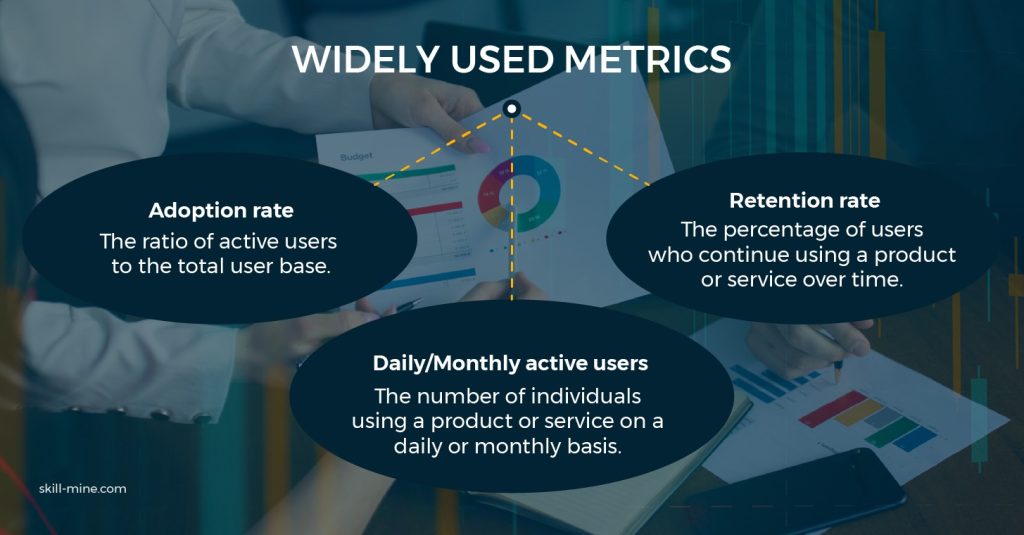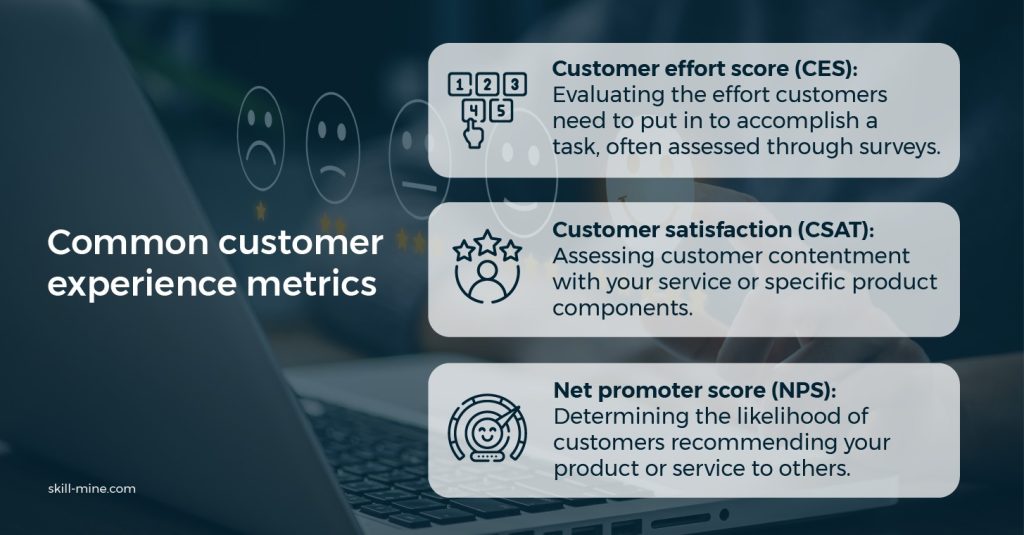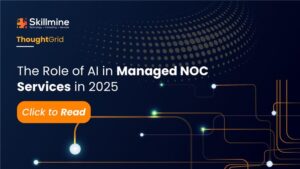IDC estimates that global spending on digital transformation investments will hit a whopping $3.6 trillion in 2026. Digital transformation is an inherently broad concept, and its persistent nature might initially appear incompatible with measurement. Nevertheless, measurement is indispensable, and there are indeed effective strategies for accomplishing it.
Key performance indicators (KPIs) in digital transformation play a vital role in assessing the effectiveness of an organization’s digital endeavours. They serve as reference points and measurement tools that should undergo continuous scrutiny. This ongoing assessment empowers businesses to base their decisions on data, enabling them to adapt their implementation strategies with agility and precision, ultimately propelling them towards achieving their desired goals.
While you should customize and harmonize your metrics or key performance indicators (KPIs) with your specific aims, here are a few important metrics through which you can assess the success of your digital transformation efforts.
Important Digital Transformation KPIs
ROI on Digital Transformation
Evaluating the return on digital investments stands as a paramount Key Performance Indicator (KPI) for any digital transformation initiative. It’s imperative to ensure that your expenditure on new technology translates into tangible value.
The return on digital investments sheds light on the correlation between the money invested in digital transformation and the financial gains it yields. This analysis involves scrutinizing the expenses incurred on new technology, training, recruitment, and other costs related to the implementation of digital innovations, compared to the revenue generated since the transition took place.
It’s essential to keep in mind that returns may not manifest immediately, and the initial phases of transformation may yield modest ROI figures. Therefore, assessing the success of your initiative should consider the long-term picture.
Employee Efficiency
The introduction of new technology and processes can either enhance employee productivity, enabling them to accomplish more in less time, or lead to complexity that hampers productivity. One should avoid assuming that any digital transformation initiative will automatically boost employee efficiency.
Before embarking on the measurement of employee productivity, it’s crucial to define specific productivity metrics. Clarity about productivity benchmarks is essential. It’s important to acknowledge that employees may require an adjustment period to harness the full benefits of digital transformation.
Adoption and Performance Indicators
Adoption and performance metrics in the digital realm offer insights into how employees or users are engaging with specific tools or platforms.

These metrics provide a measure of how well your team is adapting to new products, platforms, or features. Low adoption and performance metrics may indicate a disconnect with your offering, necessitating adjustments or additional training to expedite digital transformation.
Customer Experience Measurements
Customer experience holds the key to cultivating a loyal customer base. Measuring customer engagement with your platform or product is vital for long-term success.

Percentage of AI-Enabled Operations
Monitoring the extent to which your business leverages artificial intelligence is crucial as you navigate the digital transformation journey. While it’s important to incorporate AI strategically, not every aspect of your business needs to adopt AI technology.
Tracking the percentage of your business utilizing AI aids in assessing your progress along the digital transformation path. Achieving 100% AI adoption may not be necessary or practical for all areas of your operation.
Reliability and Availability
Reliability in your digital presence is essential for building a robust brand reputation. If your online presence frequently experiences downtime, adjustments to your digital transformation plan may be necessary, especially when offering a platform or software as a service.
The reliability and availability metrics include:
- Uptime: The duration a piece of equipment or software remains functional.
- Mean time to failure (MTTF): The time a system operates before encountering a failure.
- Mean time to resolve (MTTR): The time needed to address and resolve a failure.
- Mean time before failure (MTBF): The interval between failures.
Percentage of Cloud Deployments
The move to cloud technology is a prominent aspect of modern digital transformation efforts. As the business landscape becomes increasingly digital, tracking the percentage of your business that relies on cloud infrastructure is essential to evaluate the effectiveness of cloud data storage and accessibility for employees.
Active Usage Metrics
Active usage metrics provide insights into user engagement with your technology. Common active usage metrics encompass:
- Daily active users: The number of users logging into your platform or software daily.
- Conversion rates: The percentage of users initiating and completing specific actions or activities.
- Abandonment rates: The percentage of tasks or activities that are initiated but left incomplete.
Active usage metrics help identify day-to-day issues with your platform or product. High abandonment rates may signal the need to remedy process-related issues, while high conversion rates can indicate progress on the digital transformation journey.
Conclusion
Digital transformation (DX) is an ongoing and adaptable journey, without a distinct finish line. This doesn’t negate the importance of establishing strategic objectives and transparent methods to gauge milestones throughout the process. The task of creating, monitoring, and responding to digital transformation metrics can be intricate. Skillmine’s digital transformation services empower businesses to not only adapt but thrive in the digital age, fuelling growth and innovation while enhancing customer experiences.
Looking for expert technology consulting services? Contact us today.





